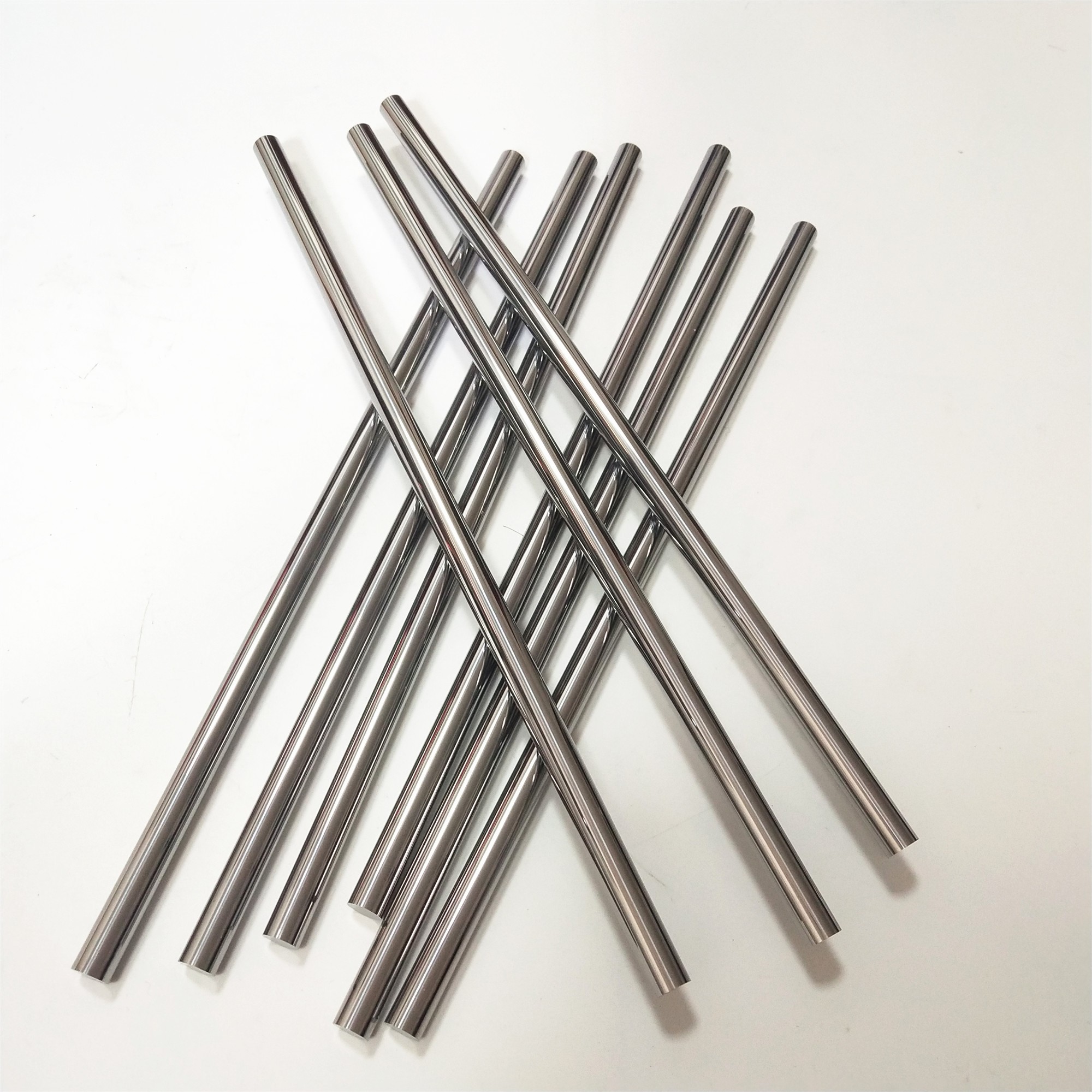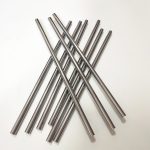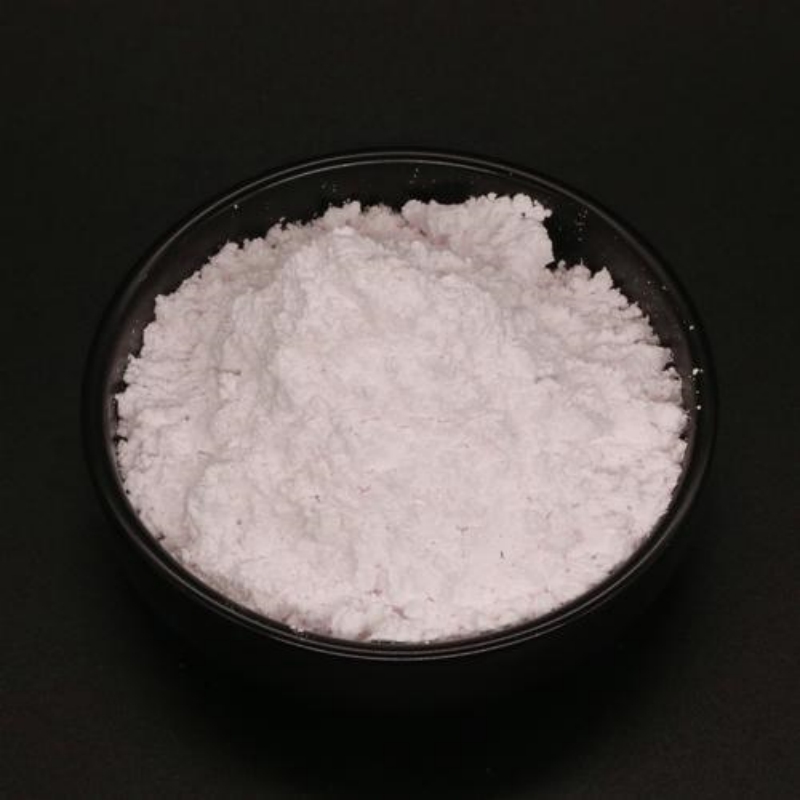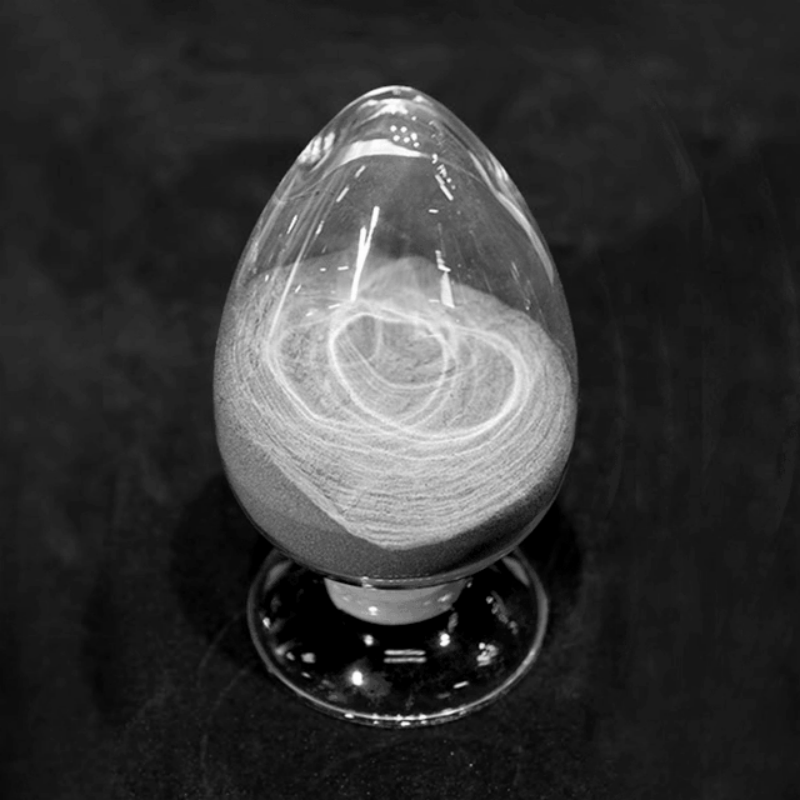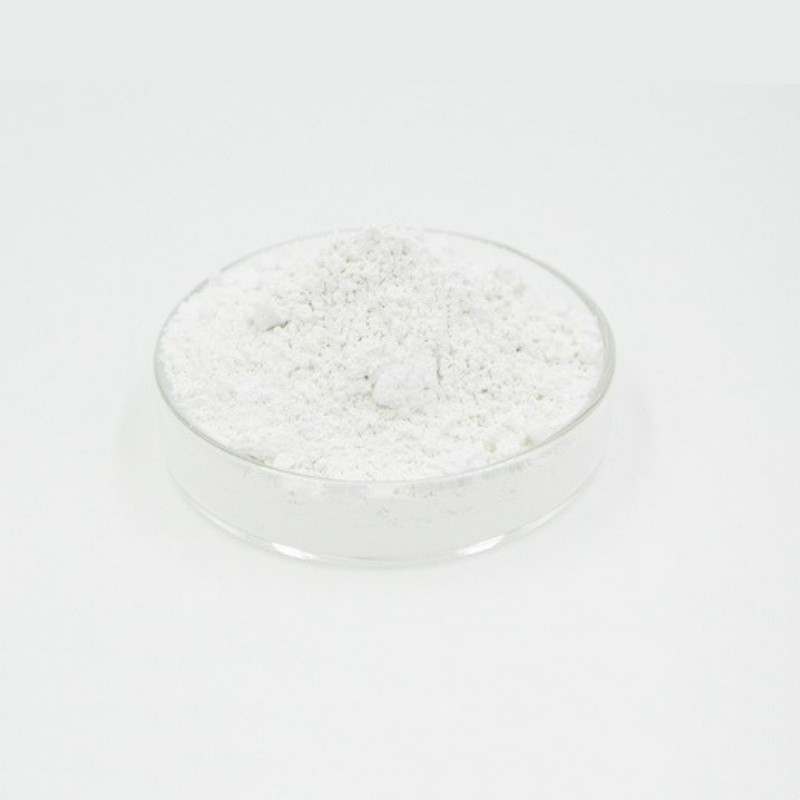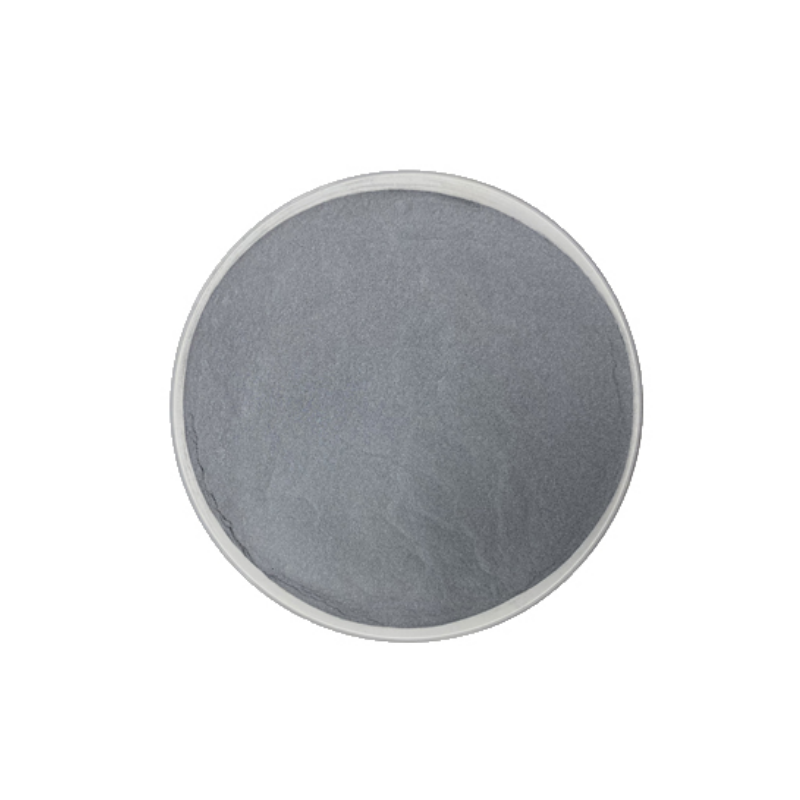Product Overview
The tungsten rod is made from high-purity tungsten and offers exceptional melting point and heat resistance. It is widely used in special environments that require high temperature and high strength, and due to tungsten's excellent thermal conductivity and wear resistance, it serves as a key material in various high-precision industries.
Key Features
- High Melting Point: With a melting point of 3410°C, tungsten rods maintain stable performance even at extremely high temperatures.
- High Strength and Hardness: Tungsten exhibits remarkable strength and hardness, making it ideal for use in high-stress and high-wear environments.
- Excellent Corrosion Resistance: Tungsten rods are chemically stable and do not react with air, water, or most acids and alkalis at room temperature.
- Good Thermal Conductivity: Tungsten has a high thermal conductivity, making it suitable for use in high-temperature and heat exchange applications.
Applications
Tungsten rods are widely used across various industries:
- Steel Industry: Used in the production of special steels and tool steels, particularly important in high-speed steels and alloy tool steels.
- Hard Alloys: Tungsten and its compounds are extensively used to manufacture high-hardness, wear-resistant alloys, ideal for cutting tools, mining tools, and wire-drawing dies.
- Electronics and High-Temperature Materials: Employed in electronic components, heaters, and lighting devices for high-temperature environments, such as X-ray tubes and vacuum tube components.
- Aerospace and Military: Tungsten's high density and heat resistance make it a critical material for aircraft engines, rocket nozzles, and high-heat-strength alloys.
- Contact Materials: Tungsten alloys are also used to manufacture high-temperature contacts, circuit breakers, and electrodes, offering excellent conductivity and wear resistance.
| Element | Measured Value | Standard Value | Unit | Element | Measured Value | Standard Value | Unit | Element | Measured Value | Standard Value | Unit |
| Li | Zn | Pb | <10 | ppm | |||||||
| B | Ga | Bi | <10 | ppm | |||||||
| F | Ge | Y | |||||||||
| Na | As | Th | |||||||||
| Mg | <30 | ppm | Se | Er | |||||||
| Al | <20 | ppm | Zr | Ru | |||||||
| Si | <50 | ppm | Nb | Rh | |||||||
| P | Mo | <100 | ppm | Os | |||||||
| Cl | Pd | Cd | |||||||||
| K | Ag | In | |||||||||
| Ca | <50 | ppm | Sn | <10 | ppm | ||||||
| Ti | Sb | <10 | ppm | ||||||||
| V | Ba | ||||||||||
| Cr | ppm | Hf | |||||||||
| Mn | Ta | C | 80 | ppm | |||||||
| Fe | <50 | ppm | W | Matrix | wt% | S | |||||
| Co | Pt | O | 50 | ppm | |||||||
| Ni | <30 | ppm | Au | N | 30 | ppm | |||||
| Cu | Hg | H |
 new material
new material

